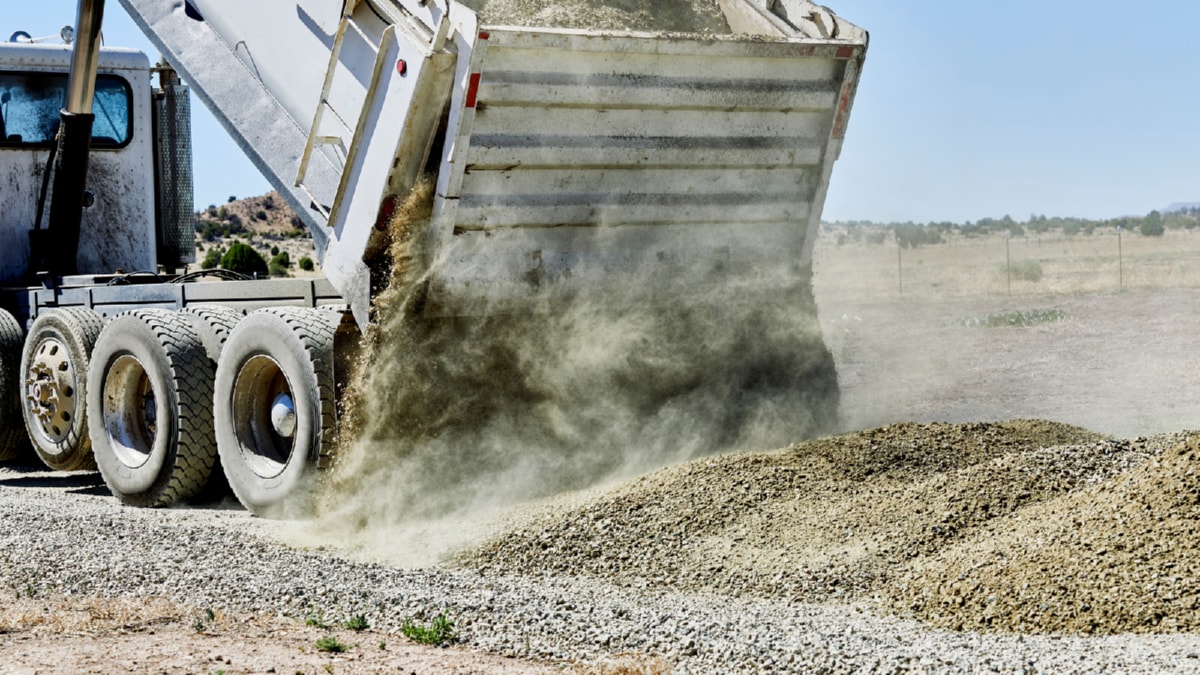Green building materials have revolutionized the construction industry by providing environmentally friendly alternatives to traditional construction products. Over the years, the evolution of these materials has been shaped by increasing concerns about environmental sustainability, energy efficiency, and human health. These considerations have spurred innovation and technological advancements, leading to the development of a wide range of green materials that are transforming the construction landscape.
Green building materials are defined by their reduced environmental impact during their life cycle, which includes extraction, production, use, and disposal. The evolution of these materials began with the basic principle of using locally sourced materials to minimize transportation emissions and support local economies. This gave rise to the use of materials such as bamboo, cob, adobe, and straw bales, which are locally available in many regions and have a minimal environmental footprint.
The next stage in the evolution of green building materials was influenced by advances in material science and technology. This led to the development of engineered products that are specifically designed to be environmentally friendly. One such example is recycled steel, which uses 60% less energy to produce than traditional steel and can be made from old cars and appliances. Other innovations include low-VOC (volatile organic compounds) paints and adhesives, which reduce indoor air pollution, and recycled content insulation materials, which save energy and reduce waste.
The most recent stage in the evolution of green building materials is marked by the introduction of smart and active materials. These are materials that can respond to changes in their environment and improve the energy efficiency of buildings. Examples include thermochromic glass that changes transparency in response to temperature, reducing the need for artificial heating and cooling, and green concrete, which absorbs CO2 during its lifespan, reducing its overall carbon footprint.
However, the evolution of green building materials is not only about the materials themselves, but also about how they are used. Innovative design and construction techniques, such as passive solar design and green roofs, make optimal use of these materials to enhance energy efficiency and sustainability. These techniques take into account the local climate and solar orientation to reduce the need for artificial heating, cooling, and lighting, resulting in buildings that are not only green, but also cost-effective and comfortable to live in.
Looking to the future, the evolution of green building materials is set to continue, driven by ongoing research and development. Emerging trends include the use of bio-based materials, such as mycelium and algae, which can be grown rather than extracted from the earth, reducing the demand for finite resources. Another exciting development is the use of nanotechnology to create materials with improved properties, such as self-cleaning surfaces and super-insulating materials.
In conclusion, the evolution of green building materials represents a significant shift in the construction industry towards more sustainable practices. By understanding this evolution, we can appreciate the potential of these materials to create buildings that are not only environmentally friendly, but also healthy, comfortable, and resilient. As we continue to innovate and push the boundaries of what is possible, the future of green building materials looks bright.
For more details, check best masonry services or visit their business listing here.



